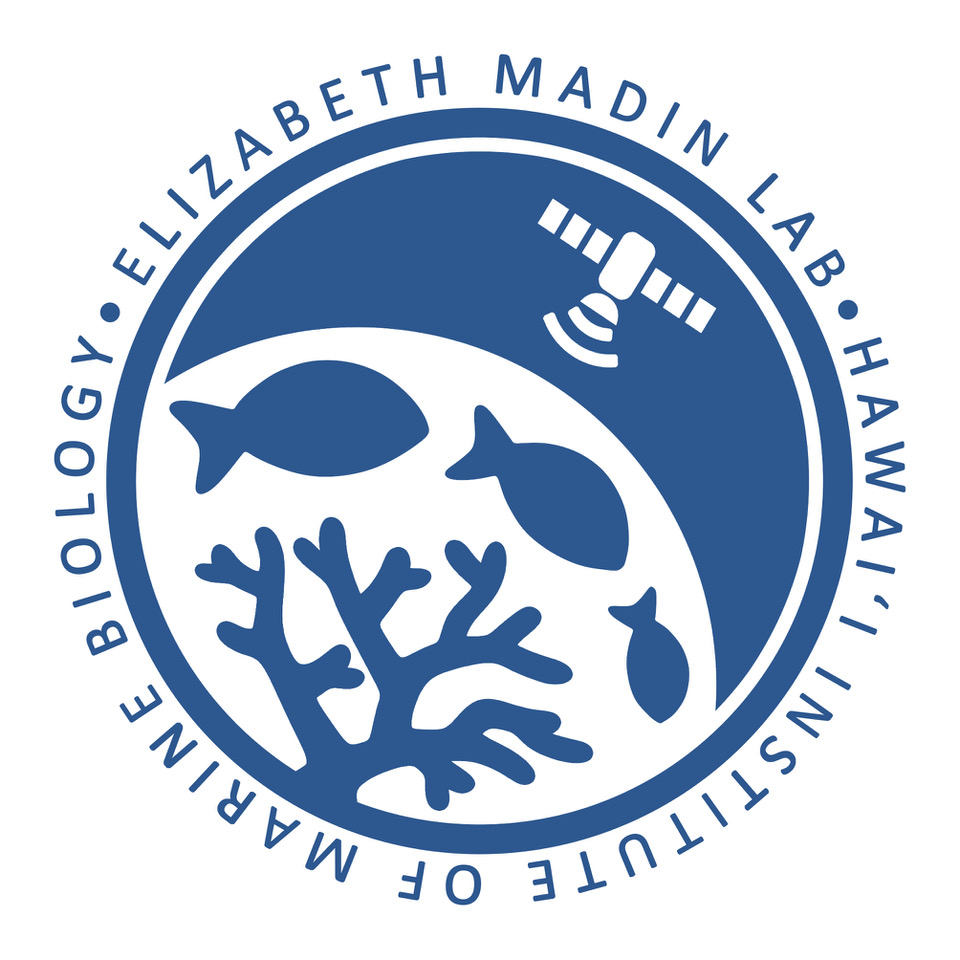 ©2020 Biological and Chemical Oceanography Data Management Office.
©2020 Biological and Chemical Oceanography Data Management Office.Funded by the U.S. National Science Foundation
NSF Award Abstract:
Coral reefs worldwide are under increasing threat from a range of human-induced stressors. Climate change is understood to be a key global stressor threatening reefs, but the only proven levers for ecosystem managers to increase reef resilience is to mitigate local and regional stressors such as fishing pressure. A vexing question persists, however, which is how to measure the effects of fishing on ecosystems, particularly over the large spatial (e.g., >10s of meters) and temporal (multi-year) scales over which fishing occurs. One promising approach to doing so is using the large-scale vegetation patterns found on coral reefs globally, called “halos”, to remotely observe when, where, and to what extent fishing pressure is affecting community structure and function. This program combines lab- and field-based experiments with cutting-edge satellite imaging technology and computer science approaches to provide a leap forward in our understanding of how species-level interactions can scale up in space and time to shape coral reef seascapes around the world. By drawing on these approaches, the synergistic education program: 1) integrates science and art (i.e., murals and satellite imagery) to educate and inspire Hawai‘i’s students and general public about coral reef ecology; 2) builds technological capacity in Hawai‘i’s underrepresented minority high school to graduate students, and 3) empowers these students with science communication skills to communicate with diverse audiences. By leveraging this research program and the cutting-edge technologies it will involve, the investigator establishes a strong foundation for long-term teaching and mentoring activities focused on increasing capacity within STEM-underrepresented minorities with Hawaiian and other Pacific Islander backgrounds. Decoding what coral reef halos can tell us about the effects of fishing on reef ecosystem health provides valuable knowledge to reef ecosystem managers and conservation practitioners as reefs continue to rapidly change due to human stressors.
This project combines lab- and field-based experiments with cutting-edge satellite imaging technology and computer science approaches to address the goals of: 1) determining the mechanisms that create the “halos” that form around coral patch reefs, and 2) testing the predictions arising from these mechanisms in a global arena. This project uses a transdisciplinary approach – spanning ecology, oceanography, geospatial science, and computer science – to address these goals. This program has three scientific objectives: to determine 1) which species interaction mechanisms and environmental factors cause reef halos and what their relative importance is; 2) whether these mechanisms are globally consistent or vary geographically; and 3) whether halos can therefore be used as an indicator of aspects of coral reef ecosystem health. In the process, this research advances our understanding of how remote observation tools (satellite and drone imagery; camera traps) can be integrated with computer science (machine learning) and ecological approaches (mechanistic experiments) to generate emergent insights that would not otherwise be possible.
This project is jointly funded by the Biological Oceanography Program, the Established Program to Stimulate Competitive Research (EPSCoR), and Ocean Education Programs.
This award reflects NSF's statutory mission and has been deemed worthy of support through evaluation using the Foundation's intellectual merit and broader impacts review criteria.
| Dataset | Latest Version Date | Current State |
|---|---|---|
| Mask R-CNN and U-Net model and output of coral reef halo measurements based on global multispectral satellite imagery | 2024-11-15 | Data not available |
| Manually annotated reef halos based on sattelite imagery from 6 study areas as training and test data for a deep learning model | 2024-07-11 | Data not available |

Principal Investigator: Elizabeth Madin
Hawaii Institute of Marine Biology
Contact: Elizabeth Madin
Hawaii Institute of Marine Biology
DMP_Madin_OCE-1941737.pdf (100.63 KB)
06/23/2021